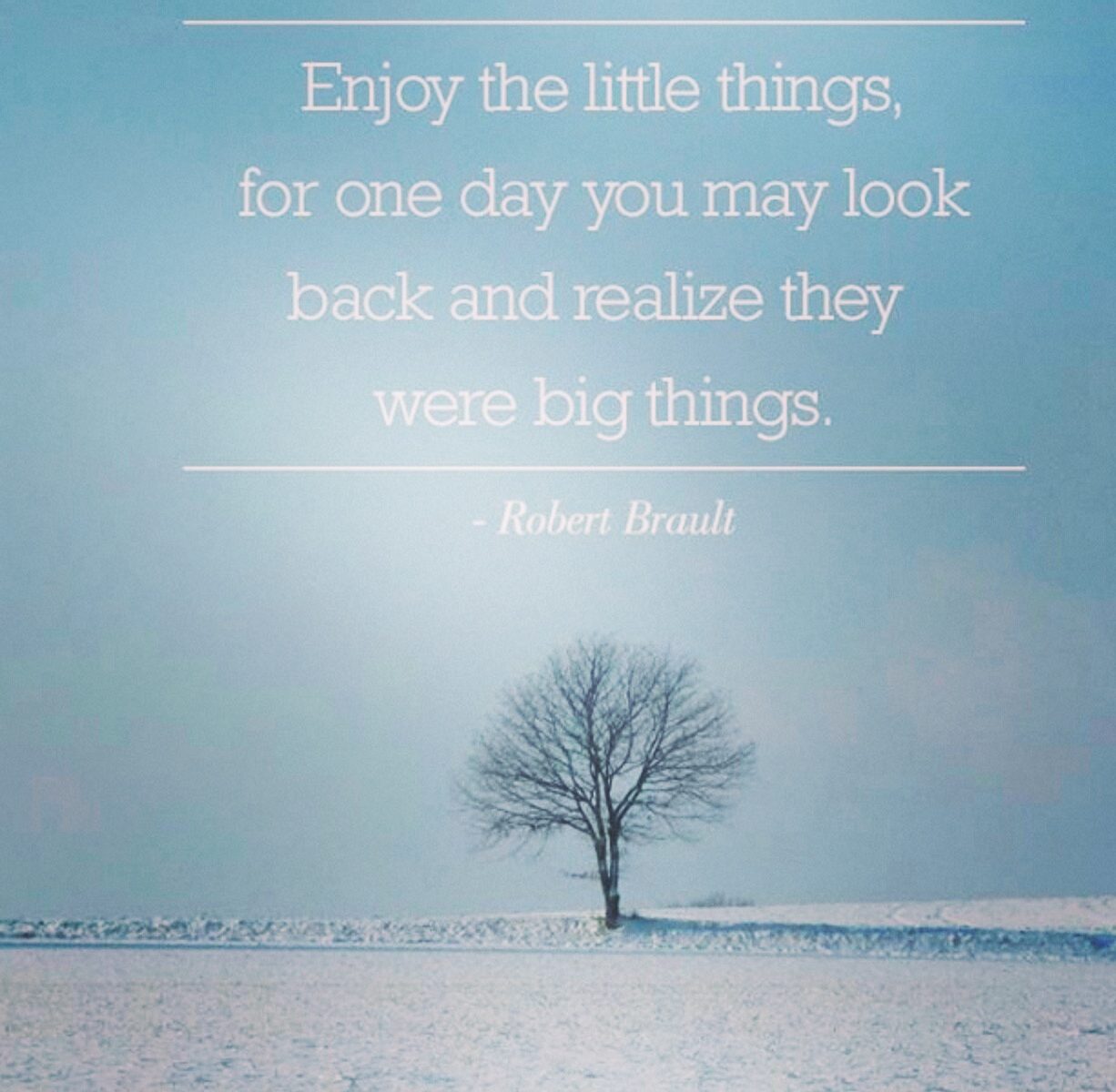Hello Readers,
A lot of thoughts have occurred, after watching a very moving film, The Danish Girl. After wiping away a tear and taking a moment to embrace the beautiful messages that were illustrated in the film one theme I kept coming back to was loss. Loss is so elegantly depicted in The Danish Girl and suggests that there can be a positive streak in loss, amongst that chaos and destruction it causes. In the rest of this post I will share with you what loss means to me and how it is conveyed in The Danish Girl.
Loss is one of life’s most difficult battles and is something which so few escape. This feeling can be scaring, making people change, sometimes for worse, making them feel ostracised from society and simply being an observer of the world around them. They see others going about their lives while frozen in theirs. They see what they see as ‘complete’ contentment of other individuals, imagining what their happiness is like: colour of life captured seems vibrantly lit and warm in contrast to the grey-scale and melancholic tone of theirs. As said these grief-stricken individuals are somewhat disconnected from the world, hypersensitive to the appearance of things, only considering the surface without the depth, of what they are yearning to grasp.
The crippling state loss causes have the potential to be flipped, turned around and made in to something positive. Like rainwater plays a role in allowing seeds to grow, loss can also allow a new found strength within a person to be discovered. For instance it could make one revaluate life, letting go of things that hinders their development. Again, like rainwater that washes away damaging elements from plants, the rain allows plants to blossom into vibrant coloured flowers which they were meant to be.
Loss is an underlying theme within the film The Danish Girl. The film beautifully illustrates an immensely personal issue; the main protagonist Einar, is trapped in a body he explains to be ‘sick,’ and have a desire to recapture life through the eyes and body of Lilli. The emotional agony that Einar goes through is also shared by his wife Gerda; both go through a state of loss. For Einar a loss of a life he believes he should be living, fantasising about being a women For Gerda a loss of her husband as he discovers his true self.
The first glimpse of Einar’s true character is revealed when Gerda asks him to pose as a ballerina in order for her to complete a portrait (her model was unable to come to the studio) draping an off-white ballerina dress over him. What is to Gerda a ‘fun’ thing to do, it is a deeper enjoyment for Einar: getting in touch with his true self. He softly traces his finger over the silk material of the dress as if it was a fragile treasure. He gets lost and for a moment, his true identity is able to come to the surface. Einar is then passed a bunch of lilies by his friend, for Gerda to sketch, the friend then jokes ‘we shall call her Lilli.’ As they laugh at the passing comment, Einar’s wondering eyes are now captured-Einar now knows the name of the person that he believes to be him. Both Einar and Gerda then dress up Einar as a women when they attend an artist event. Gerda believes this would be another would be a playful thing for her and her husband to do, however for Einar it is another opportunity to the with the true self; exploring the world through Lilli, emulating the delicate, elegant and feminine gestures/body language from the other women at the event. As Lilli makes quiet observations of the world around her, she is then greeted by Henrik. It is here that we see a glimmer of her vulnerability, shyness and restriction. When Henrik questions her, wanting to get to know this mysterious women, Lilli is unable to let herself be free amongst the others in the hall. However when Lilli and Henrick find a place to be alone, the true character of Lilli unravels, letting herself embrace the moment, letting a stranger be the first person to only know Lilli. This refreshing moment fades when Gerda appears. Einar again takes over.
The theme of loss becomes more pronounced from this point on for both Einar and Gerda. As Einar’s belief that he is a women grows stronger, his relationship with his wife becomes strained, although she feeds him support and courage for the person he so longs to be. Here the film illustrates the human fight between wanting one’s own needs to be met and that of others. Gerda’s struggle to let Einar be the person he wants to become and therefore letting go of her beloved husband that she longs to return is evident. Gerda’s wish to fulfil her promise to always be there for Einar gets lost with the growing presence of Lilli. Lilli’s remarks when Gerda asks about her interest in art “Einar is dead” “I don’t know what Lilli likes” are harrowing for Gerda; it is still Einar who Gerda sees, thus the shared interest in art is what Gerda wishes for in order to keep her connection with her husband alive. The raw honesty of Lilli’s words illustrates the new reality for Gerda and the relationship with her husband; it is no longer existence.
For Gerda Einar’s physical disappearance is heart wrenching but for Lilli it is the start of self-discovery, liberation and simply being at one. We see Lilli’s delight in being viewed in the way in which she longs for by the way she confidently smiles to passers-by as she strolls down the street, elegantly dressed. Even though Lilli’s dream to be seen as a women is being gradually being fulfilled, there is also an air of sadness that can be elicited. Lilli’s conviction is only respected and encouraged by few people and something which she had to accept in order to achieve a deep wish. As Lilli sets out to live her long awaited dream, she loses close connections with people especially with Gerda. Even though Gerda goes to Lilli in her hour of need, Lilli is alone when she goes to complete her transformation. Gerda could be suggesting her unwillingness to say goodbye to Einar, unable to accept the finality of the change. This sense of reluctance can be extended to all types of loss, when one is unable to comprehend the changes of their lives, trying to hold on to scrapings of the past which are no longer there.
In order for a person to have their own identity, an individual must go in search to find themselves, if they have not already. The Danish Girl, conveys this message by tackling a complex issues, a man’s wish to be a woman. Even after the physical changes that take place for Lilli, Einar is still somewhere within. After the second operation she says ‘I had a dream’ and explains that in the dream her mum ‘called me Lilli’ when she was born. This highlights Lilli wish to have been ever present, being only known as Lilli. When back brought to reality, a complete Lilli is unattainable; her body was unable to cope with the physical alterations she underwent. The words describing the dream were the last words of Lilli’s. She returned to her dream; the world in which would allow Lilli to be Lilli and no longer lost. This sense of peace is also heightened when Gerda visits her husband’s homeland after Lilli dies. Gerda’s scarf that was worn by Lilli gets carried by a gust of wind in to the sky, soaring above the landscape suggesting Lilli has been free to return home if it is only in sprit. Gerda says to “Let her be free” suggesting that she has also come to terms with her loss, finally accepting Lilli for who she was. In turn Gerda could be said to have also set herself free by allowing herself to be ‘ok’ with the changes that have taken place.
This film powerfully conveys the theme of loss and how it can affect people in different ways. The Danish Girl beautifully illustrates the many layers of such a complex, controversial and emotional journey of self-discovery and one that affect many along with the main protagonist. This film show that if one can overcome, or come to terms with, a painfully emotional event one can reach some form of peace.
I hope you have enjoyed this read and thank you so much for reading!!
Until next time,
All my love XX










